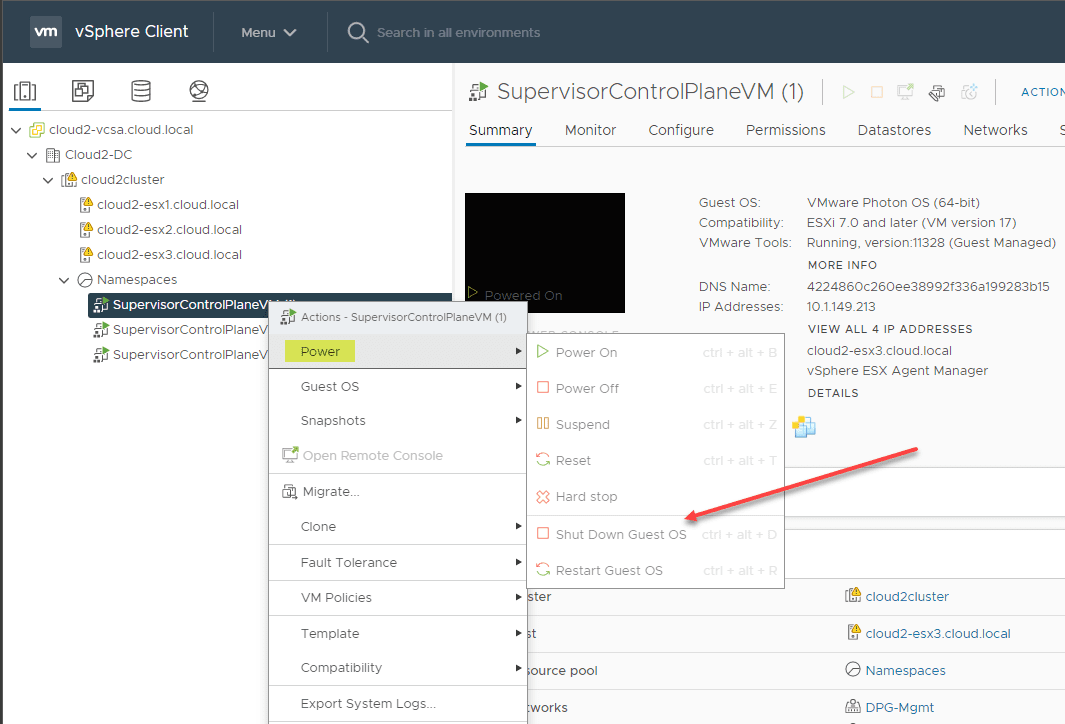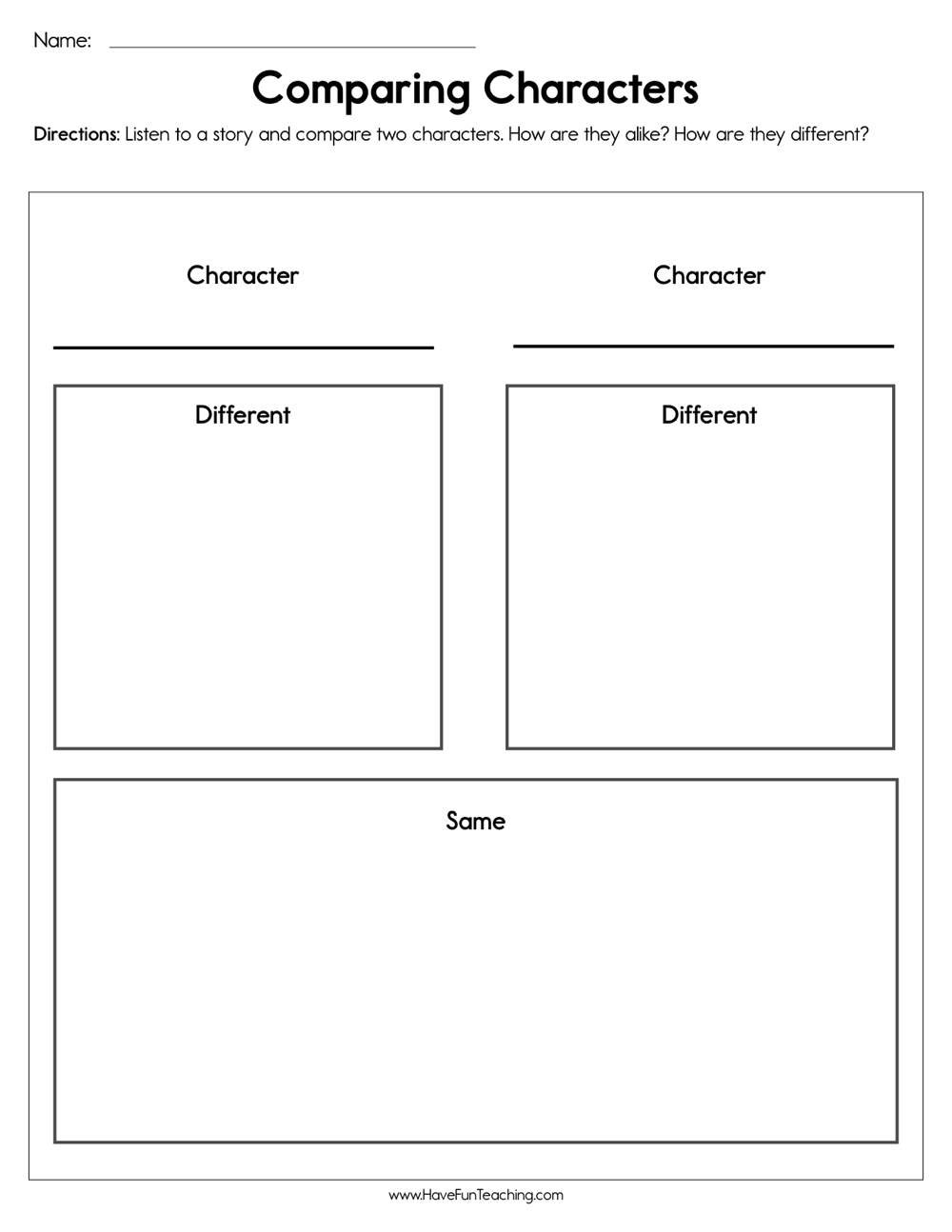Unveiling the Secrets of Front-End Development

The world of front-end development is a dynamic and ever-evolving field, where developers play a crucial role in shaping the digital experiences we encounter daily. From sleek websites to intuitive web applications, front-end developers are the masters behind the scenes, crafting user interfaces that captivate and engage. In this comprehensive exploration, we delve into the intricacies of front-end development, uncovering its secrets, trends, and the skills that define its success.
Mastering the Art of Front-End Development

Front-end development is an art that demands precision, creativity, and a deep understanding of user behavior. It involves translating design concepts into functional, interactive web elements, ensuring a seamless and enjoyable user experience. As we embark on this journey, we’ll uncover the key technologies, frameworks, and practices that define the modern front-end landscape.
The Foundation: HTML, CSS, and JavaScript
At the heart of front-end development lies the triumvirate of HTML, CSS, and JavaScript. HTML, the Hypertext Markup Language, forms the structural backbone of web pages, defining content elements such as headings, paragraphs, and links. CSS, or Cascading Style Sheets, brings life to these elements, allowing developers to style and layout web pages with precision. JavaScript, the versatile scripting language, adds interactivity, enabling developers to create dynamic and responsive web applications.
Consider the case of an e-commerce website. HTML structures the product pages, showcasing items with headings, descriptions, and images. CSS elegantly styles these elements, ensuring a visually appealing and consistent layout across different devices. JavaScript brings the shopping experience to life, allowing users to interact with product sliders, dynamic filters, and smooth checkout processes.
| Language | Role |
|---|---|
| HTML | Structural Foundation |
| CSS | Visual Styling |
| JavaScript | Interactivity and Functionality |

The Rise of Front-End Frameworks
In recent years, front-end development has witnessed a proliferation of frameworks and libraries that streamline development processes. These tools offer pre-built components, modular structures, and efficient workflows, empowering developers to create complex web applications with ease. Let’s explore some of the most prominent front-end frameworks and their unique offerings.
React: The Power of Declarative UI
React, developed by Facebook, has revolutionized front-end development with its component-based architecture. Developers can create reusable UI components, making code more organized and maintainable. React’s virtual DOM ensures efficient updates, providing a seamless user experience even with dynamic content. Its popularity is evident, with a vast community and extensive ecosystem of tools and libraries.
Angular: Comprehensive Front-End Solution
Angular, backed by Google, offers a full-stack solution for front-end development. It provides a robust architecture with built-in features for routing, forms, and data handling. Angular’s component-based structure and powerful typing system make it ideal for large-scale applications. Its strong typing and strict structure ensure code quality and maintainability.
Vue.js: The Progressive Framework
Vue.js, known for its simplicity and flexibility, has gained traction as a progressive front-end framework. It allows developers to start small and scale up, making it accessible for beginners while offering advanced features for complex projects. Vue’s template-based syntax and seamless integration with JavaScript make it a favorite for developers seeking a lightweight yet powerful framework.
| Framework | Key Features |
|---|---|
| React | Component-based architecture, virtual DOM, large community |
| Angular | Full-stack solution, robust architecture, strong typing |
| Vue.js | Progressive, template-based syntax, seamless JavaScript integration |
Responsive Design and Mobile-First Approach
With the rise of mobile devices, responsive design has become a critical aspect of front-end development. Developers must ensure that web applications adapt seamlessly to various screen sizes and devices. The mobile-first approach, where developers prioritize mobile designs, has gained prominence, ensuring an optimal user experience across all platforms.
Let's take the example of a news website. A mobile-first design ensures that users accessing the site on their smartphones can easily navigate and read articles without compromising on functionality. Responsive design techniques, such as flexible grids and media queries, allow the website to adapt gracefully to different screen sizes, providing an enjoyable reading experience on desktops and tablets as well.
Performance Optimization: Speed and Efficiency
In today’s fast-paced digital world, website speed and performance are critical factors. Front-end developers must optimize web applications to ensure fast loading times and smooth user interactions. Techniques such as lazy loading, code splitting, and image optimization play a crucial role in enhancing performance.
Imagine an e-commerce platform with a vast product catalog. By implementing lazy loading, developers can ensure that only the visible content is loaded initially, reducing initial page load times. Code splitting, which allows developers to load JavaScript modules on-demand, further enhances performance by minimizing the initial payload. Image optimization techniques, such as compression and responsive image techniques, ensure that visual assets are lightweight and load quickly, providing an optimal user experience.
What are the key trends in front-end development for 2023 and beyond?
+The front-end landscape continues to evolve rapidly, with several exciting trends on the horizon. Progressive Web Apps (PWAs) are gaining traction, offering a seamless blend of web and app experiences. WebVR and WebAR technologies are opening up new possibilities for immersive web experiences. Additionally, the focus on accessibility and inclusive design will remain paramount, ensuring that web applications are accessible to all users, regardless of their abilities.
How can front-end developers stay updated with the latest technologies and best practices?
+Staying current in front-end development requires a proactive approach. Developers should actively engage with online communities, forums, and social media platforms to stay updated with the latest trends and best practices. Following reputable blogs, attending conferences and meetups, and participating in online courses and tutorials are excellent ways to enhance skills and stay abreast of industry developments.
What are some common challenges faced by front-end developers, and how can they be overcome?
+Front-end developers often face challenges related to browser compatibility, performance optimization, and keeping up with rapidly evolving frameworks. To overcome these challenges, developers should embrace a browser-agnostic approach, ensuring their code works seamlessly across different browsers. Performance optimization techniques, such as lazy loading and code splitting, are essential for enhancing user experiences. Additionally, staying updated with the latest framework versions and best practices ensures developers can leverage the full potential of these tools.



